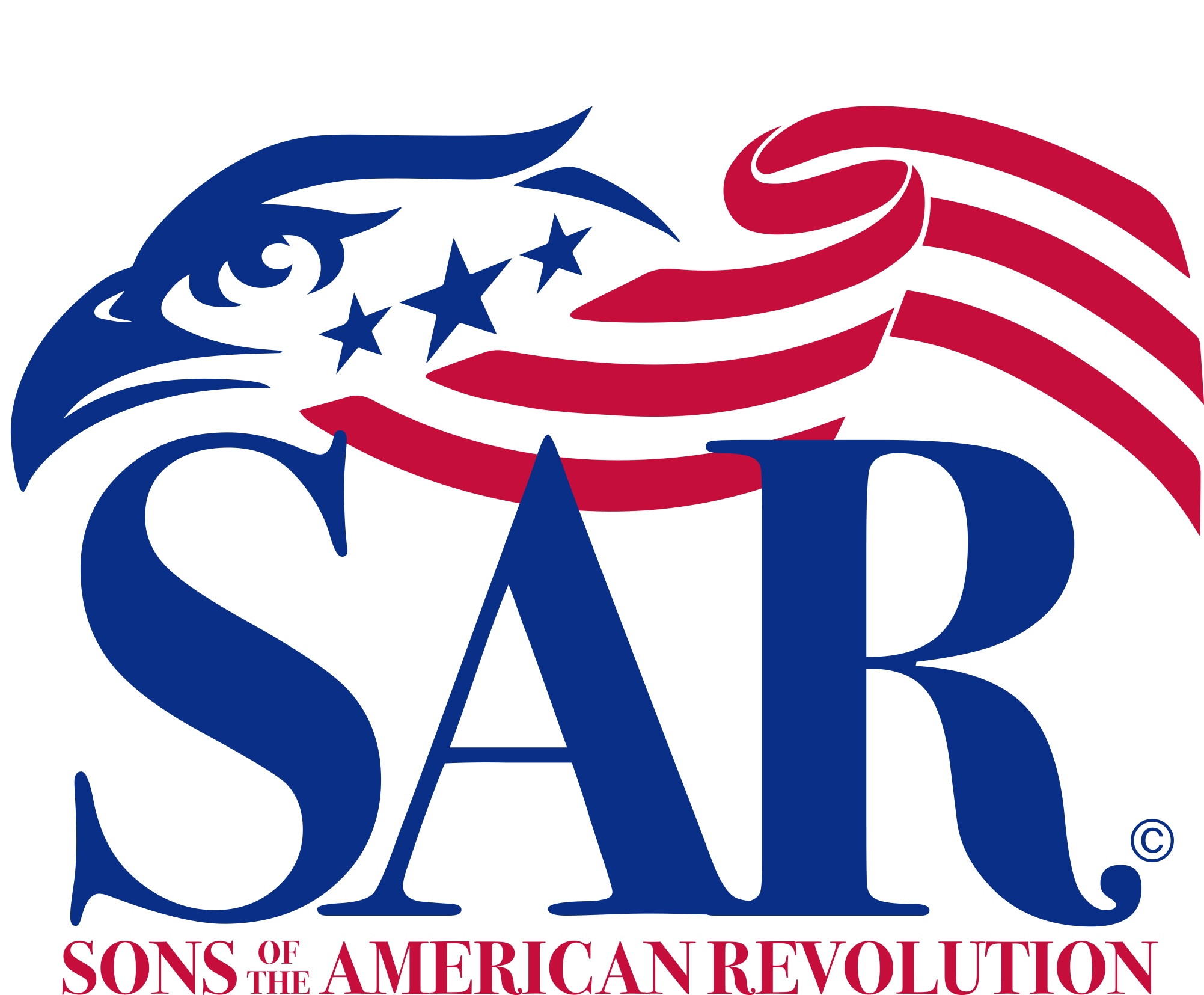|
Surgeon General’s War Report to Virginia’s Army Surgeons, 1776 A Remark on Amputations Dear Fellow Virginia Army Surgeons: We note the carnage of battle increasing and battlefield surgery of necessity for any immediate chance of saving a life. Since rum and laudanum are indeed the only means to alleviate some of the suffering, I urge you to resupply in anticipation of any imminent military engagement. Our Virginia Medical Quartermaster, Michael Geisinger, has been less than forthcoming with enough rum to run this army. Sufficient surgical assistants for physical restraint are needed in every case as is a Petit screw tourniquet for consistent vessel compression image A. The surgical instruments for amputation should be sharpened after every use and please review your amputation kits for completeness.
As seen in our best surgeons, amputation can be performed in less than one minute’s time. We should all try to achieve that standard to minimize the horror of the amputation experience. As an added note, please be mindful of the whereabouts of your assistants’ fingers. Your Obedient Servant, Dr. Charles Driscoll Surgeon General for the Armies of the Commonwealth of Virginia ————————————— A. Petit screw tourniquet 1. Capital Blade 2. Catlin Blade 3. Bone Saw 4. Tenaculum 5. Cauterizing Iron
|




